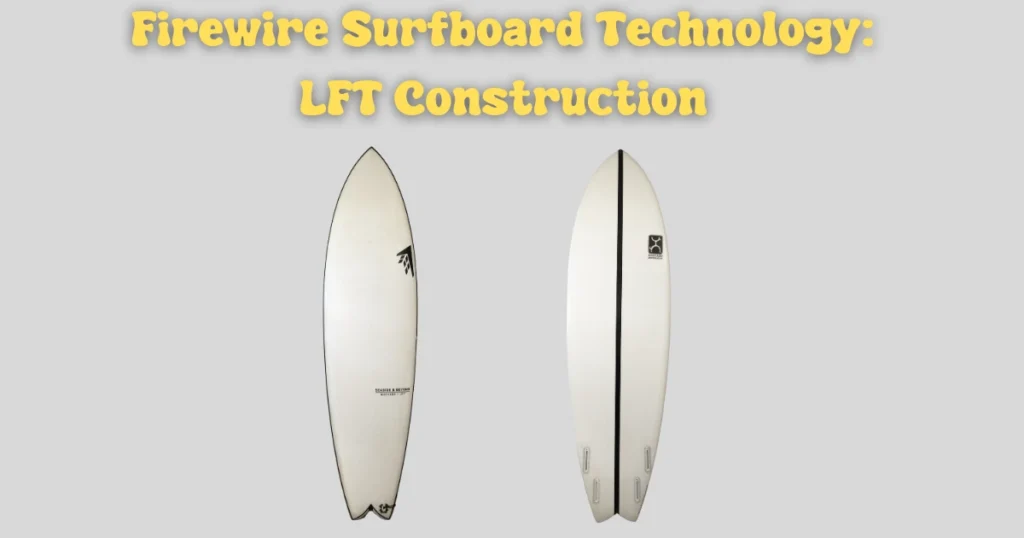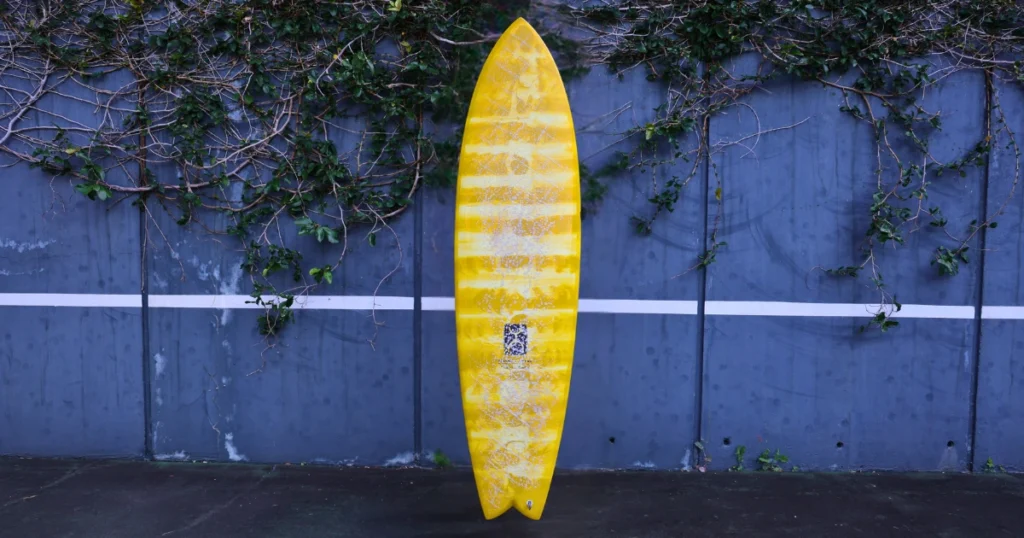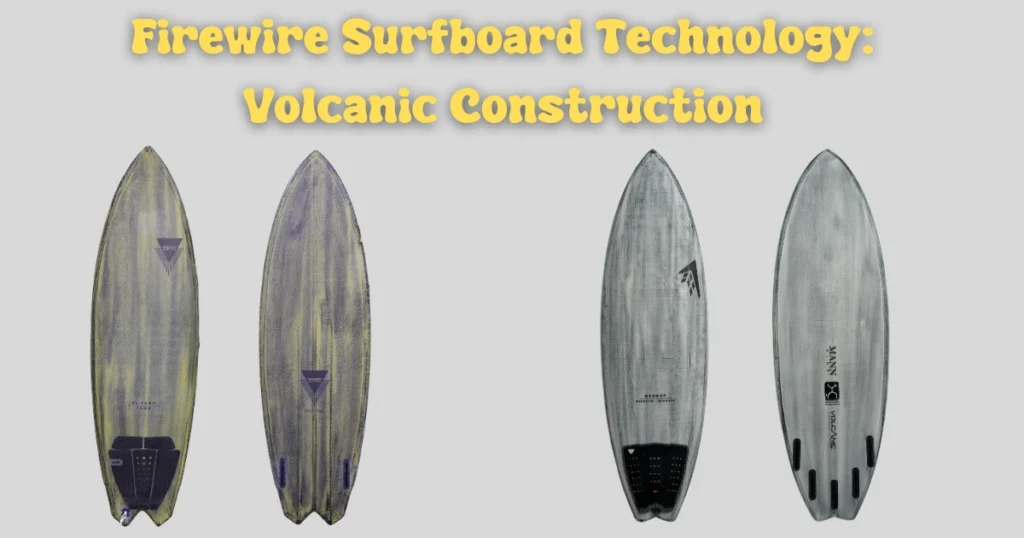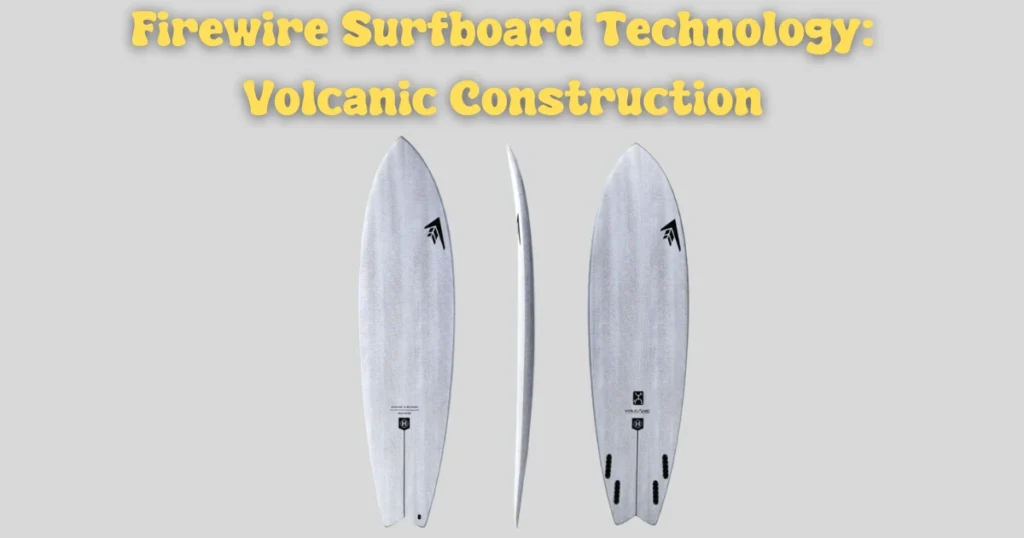When it comes to Firewire surfboard technology, innovation is at its core—blending eco-friendly materials with cutting-edge construction for enhanced performance and durability. Firewire’s LFT, Helium, and Volcanic technologies each offer unique flex patterns and responsiveness, making them a favorite among surfers looking for consistency and longevity. But how does this compare to Thunderbolt technology? We will be using the Seaside & Beyond as a benchmark.
Firewire Surfboard Technology LFT – The Effortless Glide

Riding an LFT Seaside & Beyond feels like cheating, as if the ocean itself conspires to push you forward. The glide for wave entry? Unmatched. Out of every mid-length surfboard I’ve tested, this one stands in a league of its own. It’s the kind of board that makes you feel like you’re surfing a silk ribbon stretched across the water, gliding into waves with minimal effort.
Thunderbolt Technology – Seaside & Beyond

Funny how just the technology of the board can change the narrative so much. The Thunderbolt Red Seaside & Beyond flips the script. Compared to the LFT, the wave entry is noticeably trickier and doesn’t paddle or enter waves nearly as well.
However once you’re on your feet—something changes.
The board comes alive in a way the LFT never quite does.
Firewire Surfboard Technology – Thoughts on Helium/Volcanic

I haven’t had the chance to ride the Seaside & Beyond in Volcanic, but I have danced with two others—the El Tomo Fish and the Mashup both in the Volcanic Firewire Surfboard Technology. Both revealed something curious about this tech: it’s stiff…really freaking stiff.. at first.
Imagine a volcanic rock, freshly spewed from the earth, hardened over millennia. That’s Volcanic tech when it’s new—unyielding, rigid, raw. But, much like a fine wine, it gets better with time. The more you surf it, the better the flex gets. And durability? Nearly unbreakable—a year of sessions, both boards I’ve tried still looks like it just came out of the shop.
But here’s where things get interesting.
I loved the El Tomo Fish in Volcanic, but I had mixed feelings about the Mashup. Why? Because carbon stiffness is a double-edged sword.
- The El Tomo Fish, a daily driver, thrives in bigger waves, where ocean power helps flex the board naturally. The stiffness works with the conditions, not against them.
- The Mashup, however, was designed for small-wave performance—and that’s where the carbon stiffness became a burden. Without enough wave energy, the board felt too rigid and stiff, refusing to spring into action.
So who benefits from Volcanic tech?
✔️ Surfers tackling slightly more powerful, clean waves
✔️ Heavier surfers who naturally exert more force on their boards
✔️ Upper intermediates to advanced surfers who know how to pump and maneuver with their weight
So, How Would the Seaside & Beyond Perform in Volcanic?

Based on my experience with both Seaside & Beyond techs and other Volcanic boards, here’s my guess:
✅ Paddle Power & Wave Entry: On par with the LFT—probably great, but I still think since carbon is lighter, it won’t get into the waves as early as the LFT version.
❌ Performance: The weakest of the three, due to the inherent stiffness and reduced flex.
💪 Durability: By far the most indestructible option.
Would it be my top pick out of all the Firewire Surfboard Technology? Maybe not. But for someone who prioritizes longevity over liveliness, it might just be the perfect long-term companion.
Review & Other Recommendations
If you’re interested in the Seaside & Beyond, you can check out my written review on the Seaside & Beyond surfboard here, that also compares the Firewire Surfboard Technology.
Otherwise if you’re more interested in video format you can check it out here.
If you’re looking for a board that I’d recommend the most often it would be this one, which is in Thunderbolt Red Technology.

